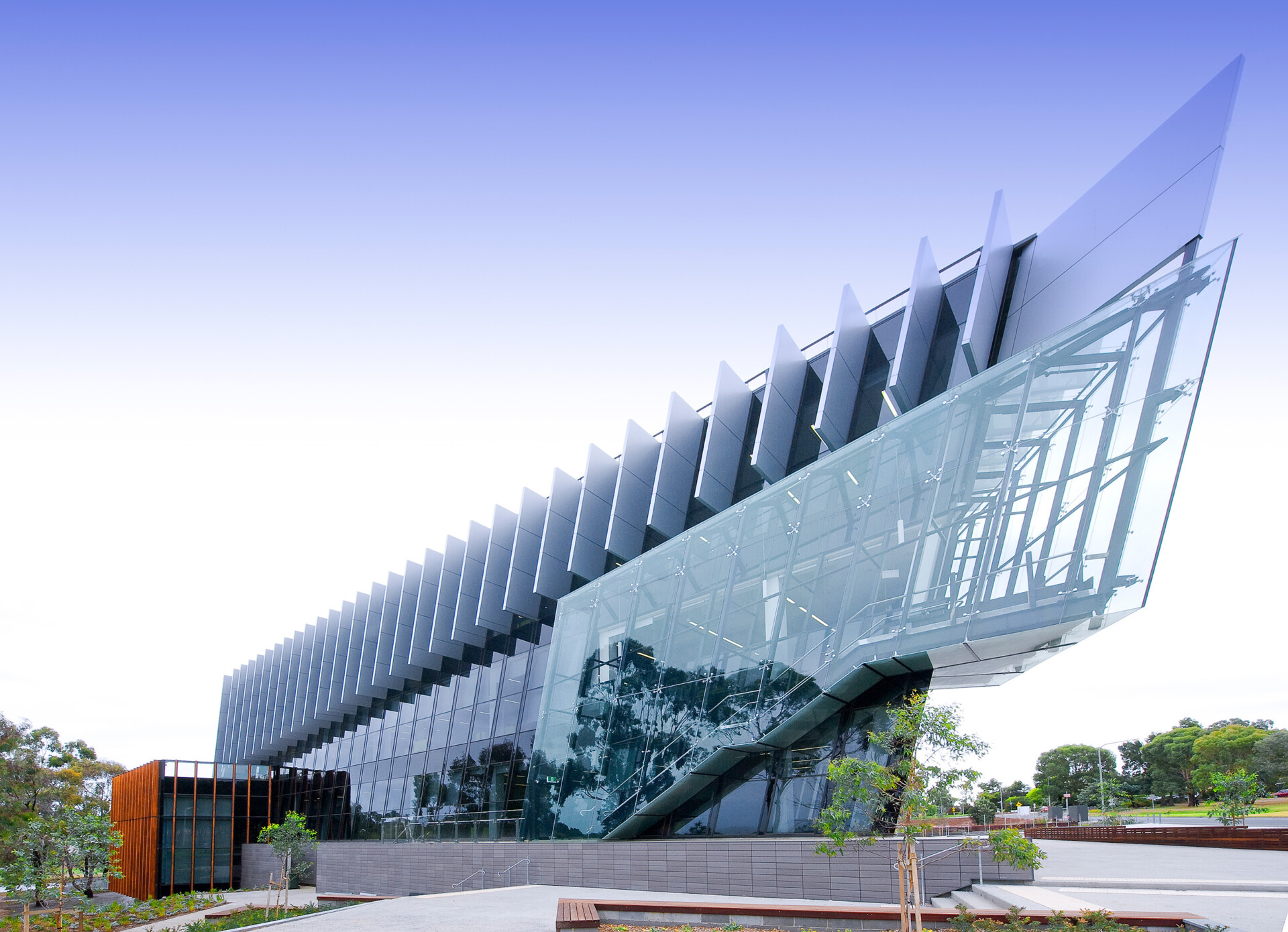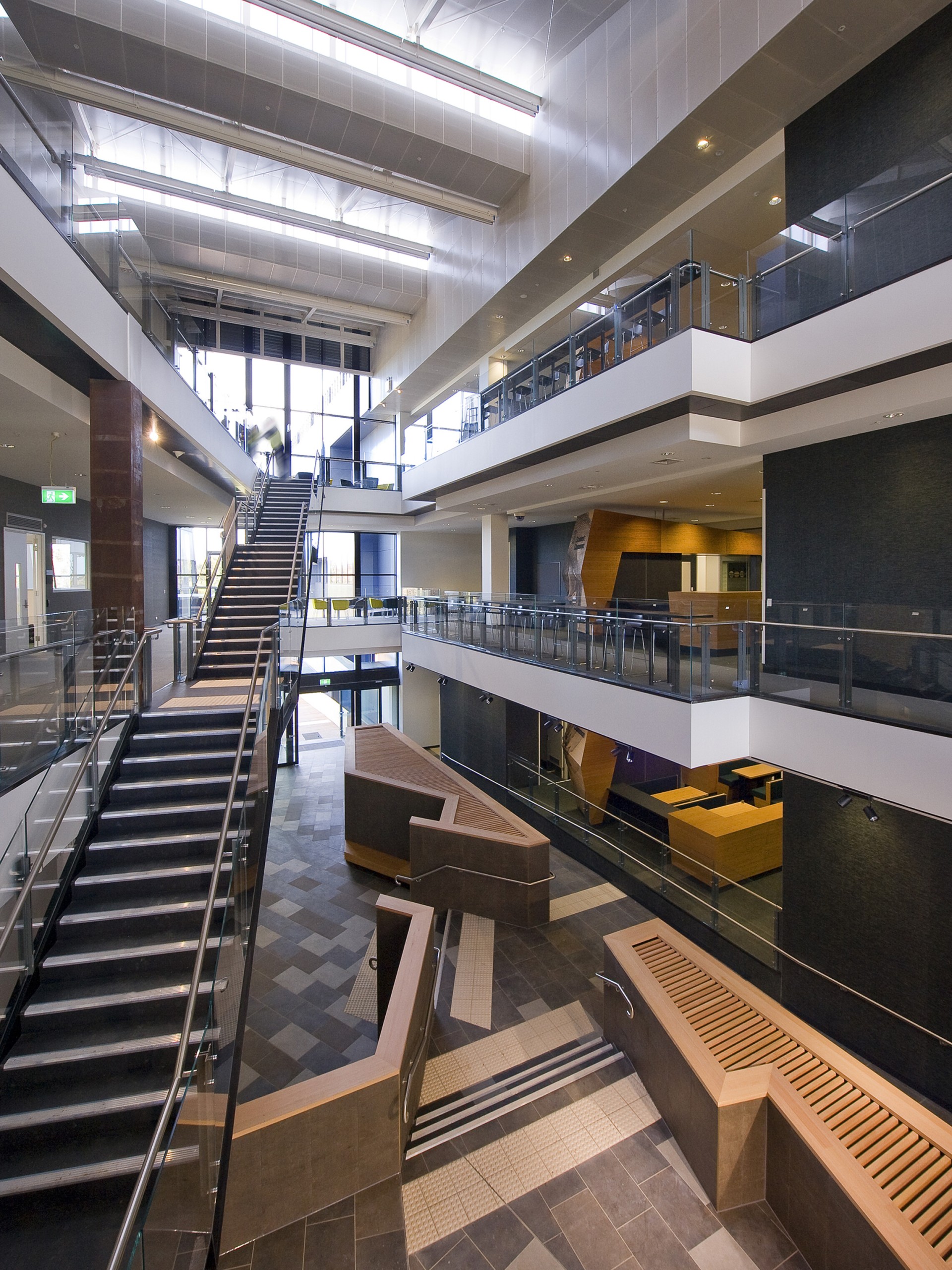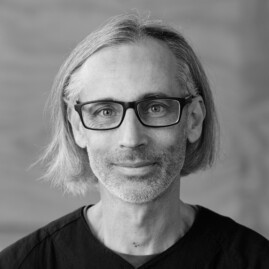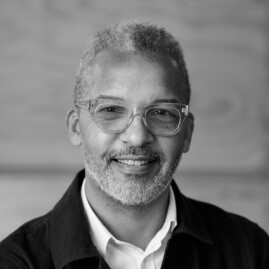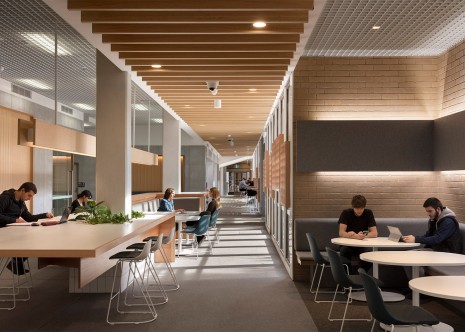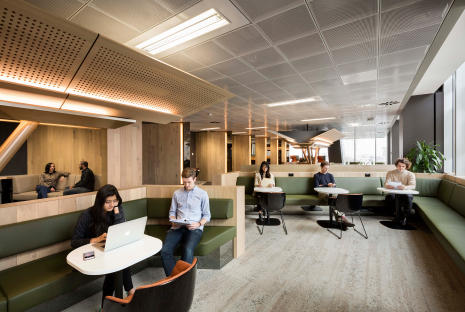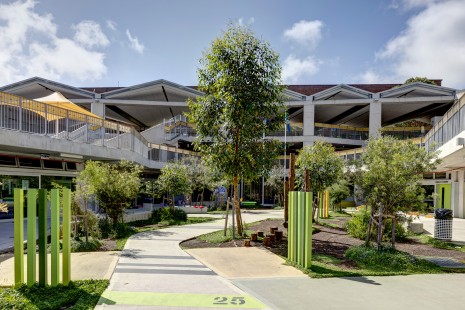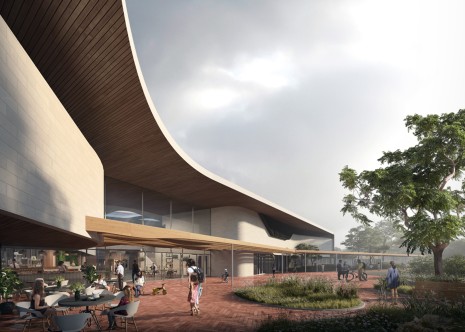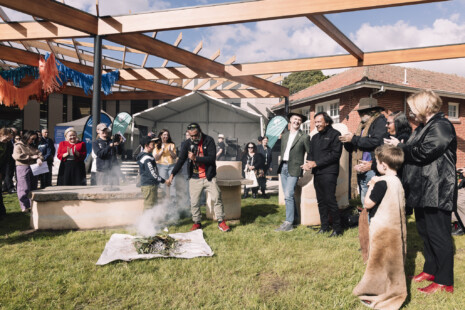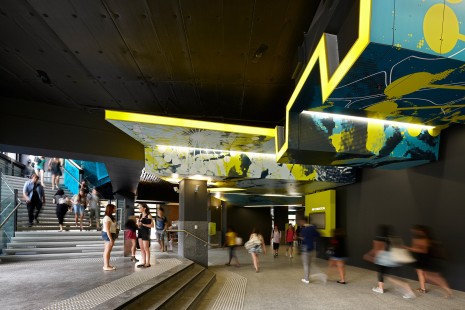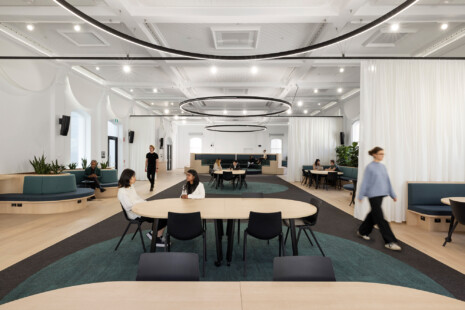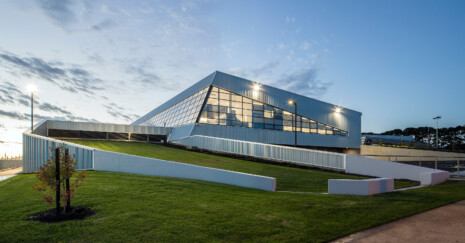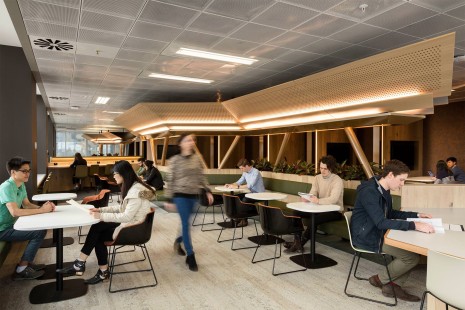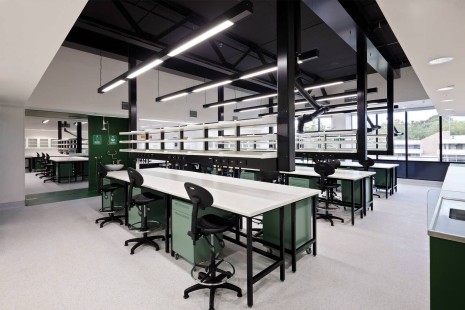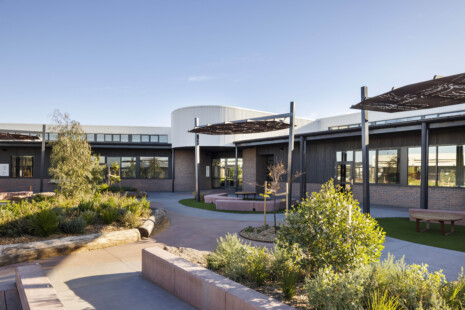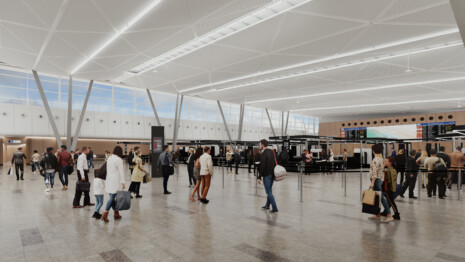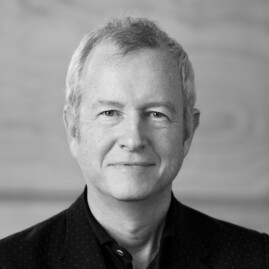
Deakin University Regional Community Health Hub (REACH)
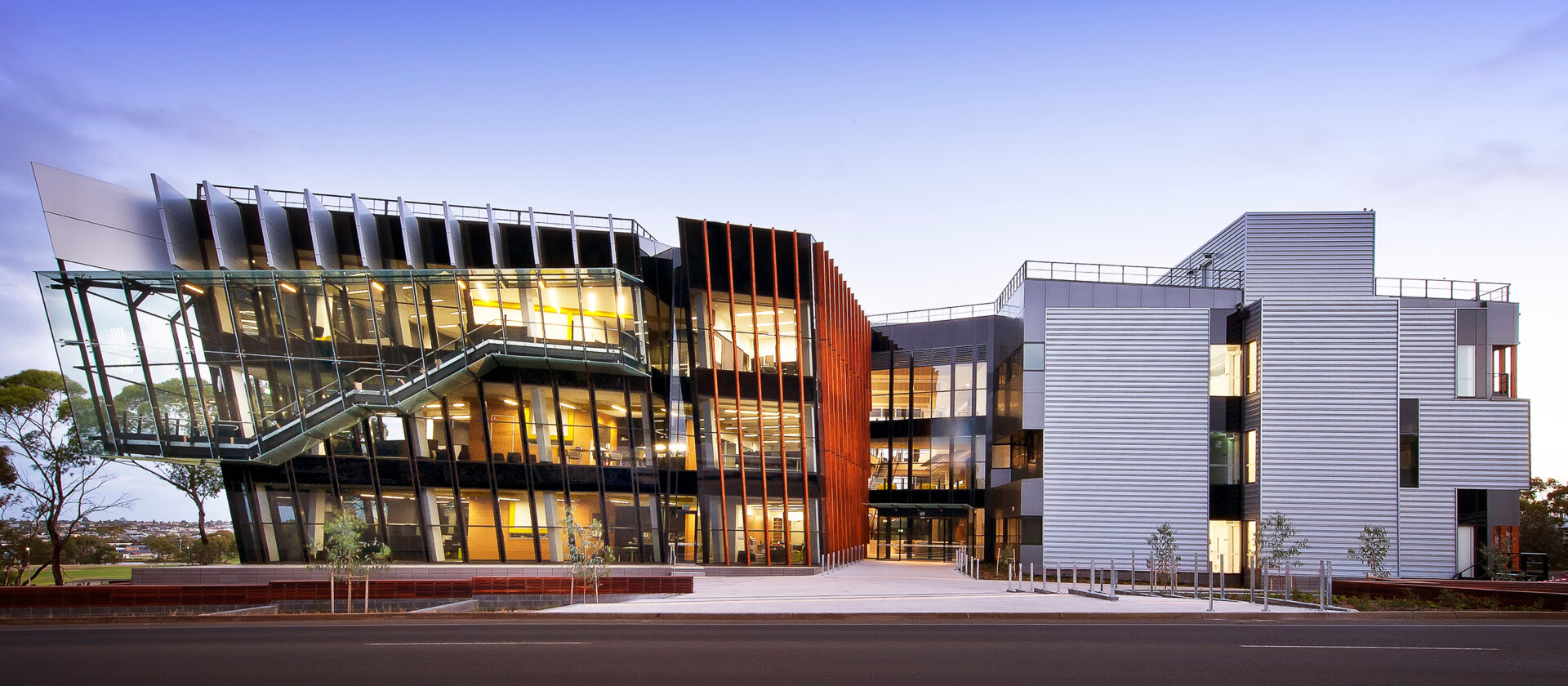
The first project completed under Deakin University’s expanded campus master plan, REACH was designed as a gateway building to the University’s Waurn Ponds campus, and to demonstrate Deakin’s progressive approach to academic buildings.
Its primary role is to help address the shortage of doctors and allied health professionals in country areas. It delivers joint undergraduate teaching and postgraduate research spaces that will enhance and support the expansion of the science program for the Faculty of Science and Technology, and complement the School of Medicine as part of the Faculty of Health, Medicine, Nursing and Behavioural Science.
Within a three-storey atrium separating the east and west wings of the building, a full-height cascading steel staircase acts as a social space inside, while wrapping out along the north and east elevations to shelter a wintergarden, as part of a dual facade–thermal buffer.
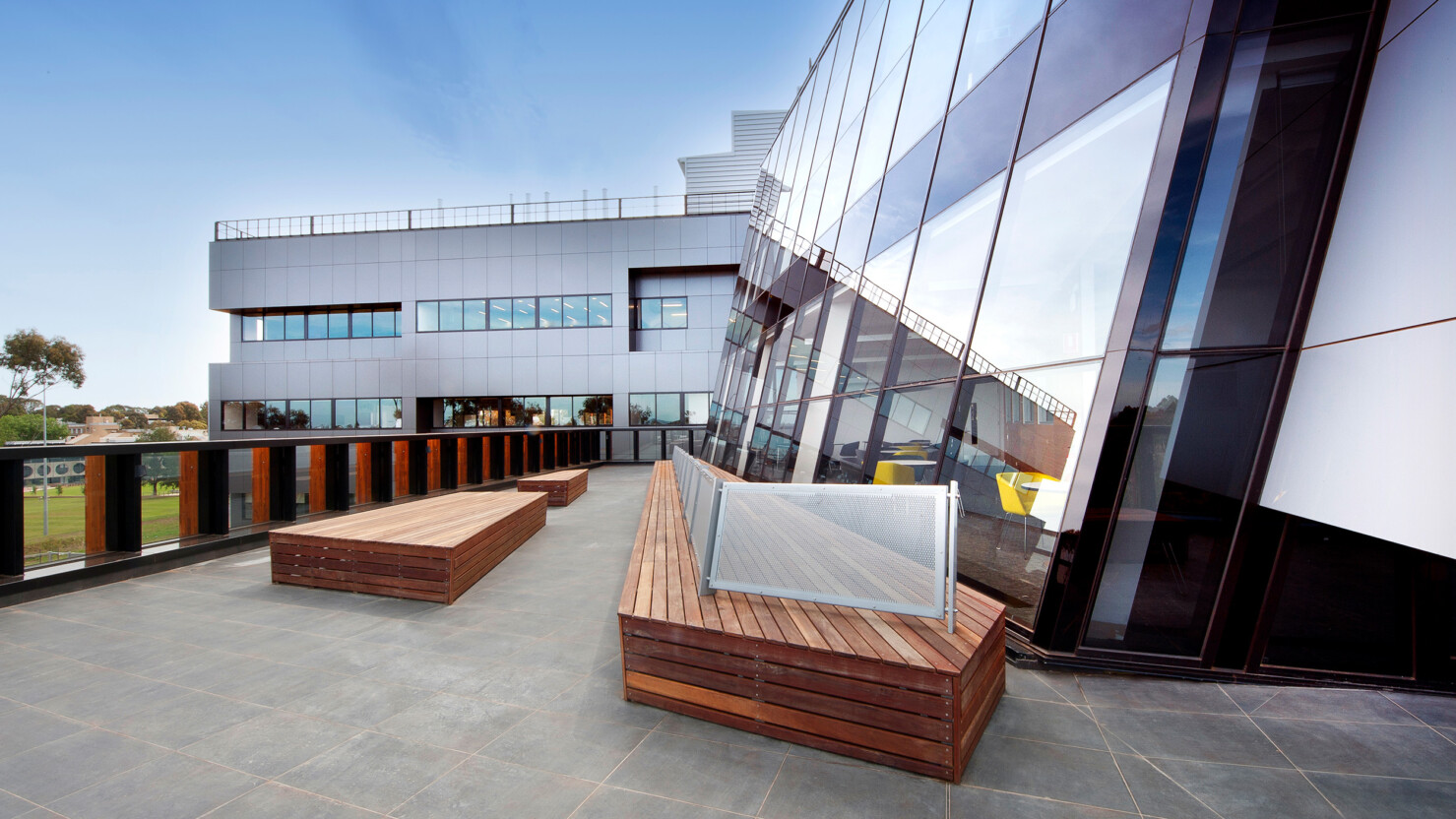
Our architecture for the REACH building is all about the yin and yang of two counterbalanced volumes of concrete and steel. Here, the concrete anchors the laboratories, while steel is the superstructure for administration and recreation spaces.
Rohan Wilson
Director, DesignInc Melbourne
Set out over four levels, including basement, the building’s two wings – an academic wing with laboratories, teaching and research spaces, and an administration wing for offices and common room – are linked by its naturally lit, three-storey atrium. From here, a 200-seat glass encased lecture theatre looks out across the fields and lake. The semirural nature of the Waurn Ponds campus in Geelong, and the University’s rural program, is reflected through the use of local, natural materials and Indigenous landscape-inspired colour scheme.
The signature structure of steel allowed for the building’s innovative raked and twisted facade and roof forms, and for a clear distinction between the two wings – a lightweight, elegant steel structure for the administration wing, counterbalanced by the solid concrete structure anchoring the academic and research wing.
Sustainable design elements include a naturally lit and ventilated atrium, which acts as a thermal chimney through its ceiling louvres, while being heated via a basement thermal rock store. Long life, loose fit materials were used for durability, look and feel, as well as low maintenance, and life cycle carbon footprint.
